This is the opposite of the question posted here:
While that question is focused on how to design a charging port so that devices will be charged from it, I'm curious about designing an end device that I want to be charged with maximum current from all potential ports, if I don't need to use the data ports of the USB for anything else.
My device has a Li-Ion IC that self limits and can charge my Li-Ion battery up to 2A. How do I tell chargers to give as much current as they can? If I short D+ and D- on my board, I will appear as a dedicated charging port. Does that mean that wall outlets will give 1.5A or more if they can, and that laptop hubs or other sources may limit out at 500 mA? Is there any chance of a proprietary charger requiring something else other than D+ and D- being shorted in order to maximize charge current?
Edit:
I'm looking to make my own variant of this PCB from Adafruit. While the part is made to only supply up to 500 mA (despite the schematic labeling), I want to make a version that can charge a 4,000 mAh battery at 0.5C. I also want to remove the USB connection to the AtMega so it can't be reprogrammed.
So take the BQ2425 series for example. I know this is also a "power management" chip which also takes care of regulation in addition to battery charging. But there aren't any equivalent MCP73831 chips I could find that do simple battery charging, just with a higher current.
The point still stands though. If my USB is meant to sometimes pull 2A if the chip is charging, or much less if it's fully charged and maybe just powering the MCU, what do I so with the USB D+ and D- lines on my PCB? Already the two answers I've gotten don't agree, one says short them and one says leave them open.
